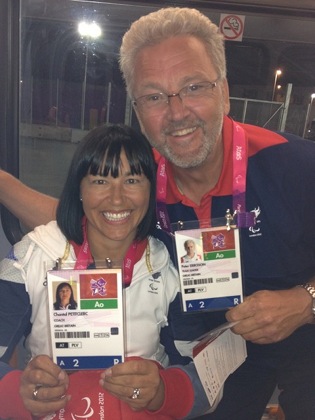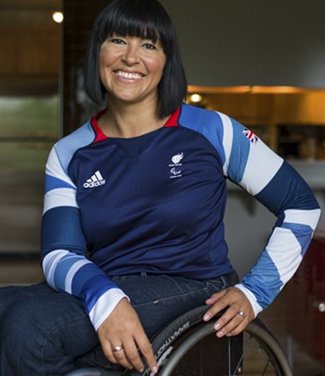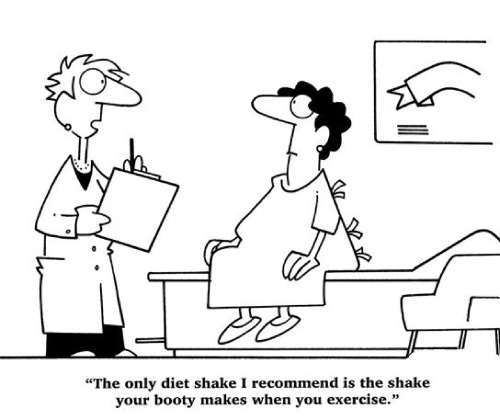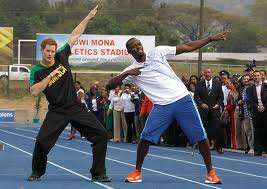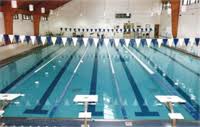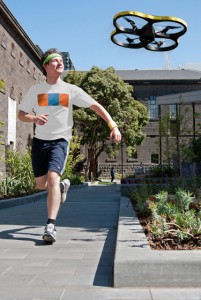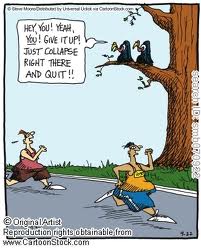She’s one of her generation’s greatest athletes, and she recently completed one of the biggest turns in her career. Chantal Petitclerc was coaching the British team at the 2012 Paralympics, and success was once again her middle name. The coaching stint comes after being a star competitor at the Games over two decades.
She’s kind enough here to share “My Games by the Numbers” with Good4sports.
Mes jeux en chiffres!
20 : Number of events by the 4 athletes I was working with, including rounds and finals. My job was to surpervise and coordinate times for transport, warm up, be there from start to finish, including coffees before, and talks after! This also explains the number of coffees.
11 : Gold Medal count for the track & Field GB team. They only had 2 golds in at the last games. Back from Beijing UKA hired my former coach Peter Erickson as the paralympic head coach. 4 years later the team has its best performance ever. Coincidence? Don’t think so!!
6 : Medals won by the group I was supervising. 5 of them gold. More than some countries
59 : Lattes I drank during the games. First one at 7 with Team Leader Peter Erickson, just before leaving for the stadium with the athletes. We were never really back to our rooms until 11h00. Starting with day 5, the lattes also included and extra shot of espresso.
3 : Moments brought tears to my eyes, but will keep them for me!
4 : blisters covering Shelly Woods’ hands after her silver medal marathon performance. After a tough week struggling on the track in spite of being in great shape, she gave everything and made it to the podium for the last event. Brilliant!
5h30 : average dayly sleep I got during the games. Still recovering.
81 000 : Spectators in the stadium. Passionate and loud. A full stadium for morning semi-final sessions at the paralympics, thats something I had never seen before!
1889 : number of texts I send and received on my iphone during the games..
128 : Number of time I had to show my acreditation to security control.
15;82 : new world record in the 100m for Liu Wong, who beat my world record of 15;91 from Bejing. A little pinch, sure, but thats what sport is all about, pushing limits.
Stopped counting : number of times I was asked : « so, you miss it? » My answer; not a single bit. A clear sign that it is indeed a privilege to retire when having acomplished all my goals.
Stopped counting : number of times I was asked : « is it weird, wearing the GB uniform? » My answer : Not a single bit! They are an amazing, positive team who trusted me, and allowed me to live one of the most amazing experiences. I will never forget the generosity of all coaches who gave me time, good advice, shared their knowledge, or just gave me a smile when we passed on the way back and to the stadium. Thank you all!

